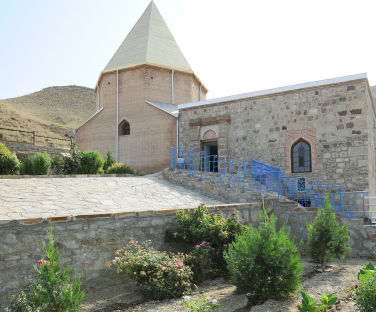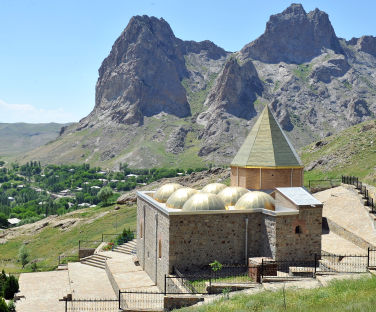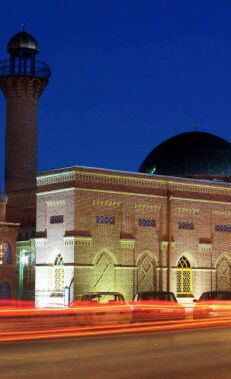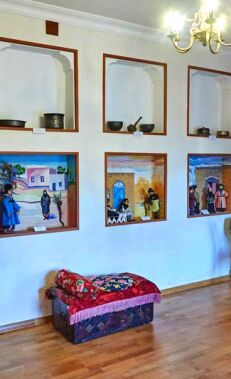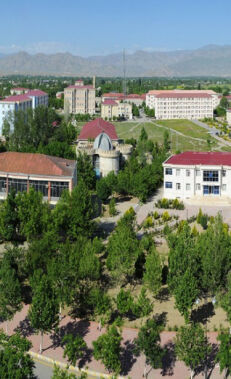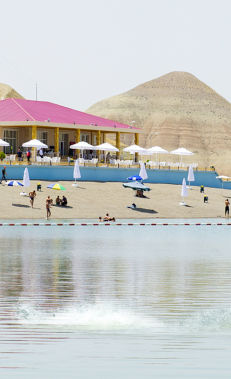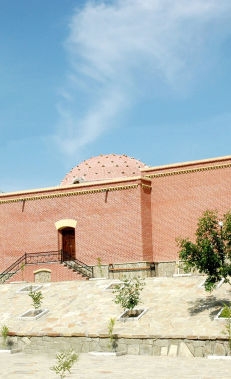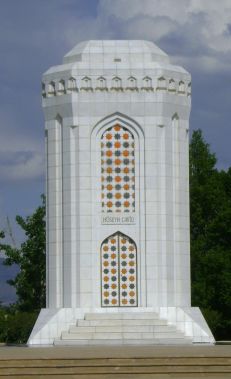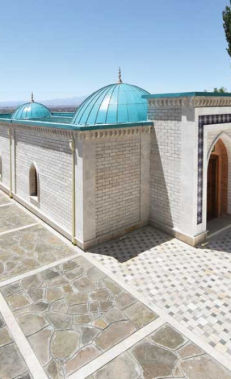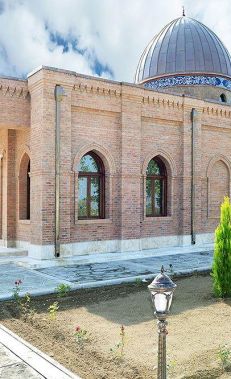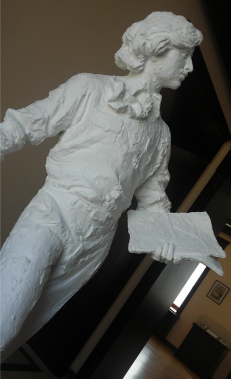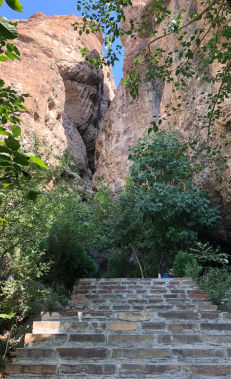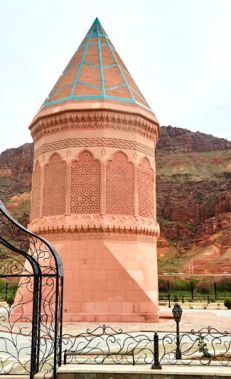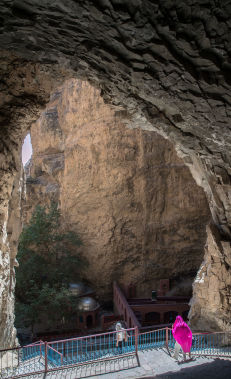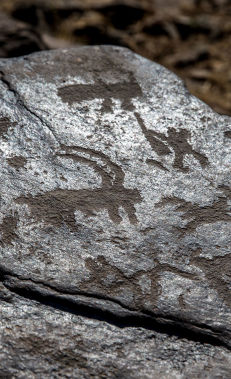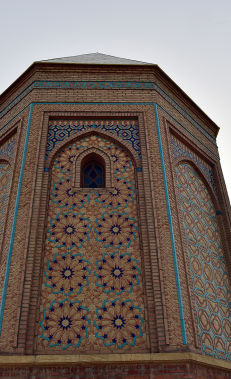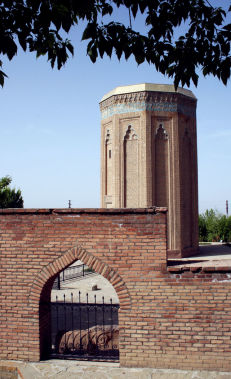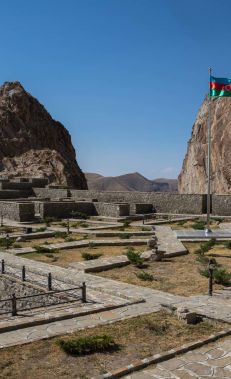Sufi havenat Khanagah
In the Middle Ages, Sufis and their families settled in a special abode, near which they were buried after death. This very ancient place of residence was called a ‘khanagah.’
The architectural complex of Khanagah, located to the north-east of the village of the same name in Julfa District, consists of a mausoleum, a mosque and the ruins of several buildings. According to architectural elements, its construction is dated to the 12th-15th centuries.
It is believed that inside the tomb is the grave of Fazlullah Naimi, the founder of Hurufism. According to the epigraphic inscription, this khanagah existed until the 18th century, and from here the Sufis spread their teachings. Architecturally, the mausoleum dates to the 12th century.
After studying the inscription on the mosque-mausoleum in the southern part of Khanagah Monument Complex, it was established that this structure was built by the order of Badr Havva Bika Khatin in the year 901 of the Hijri calendar (1496 AD) in memory of Sheikh Haji Lala Malik.
For more information:
- Khanagah Village, Julfa District
- Open on Tuesday – Friday, 10:00 – 18:00; Saturday – Sunday, 10:00 – 17:00
- Free entrance




